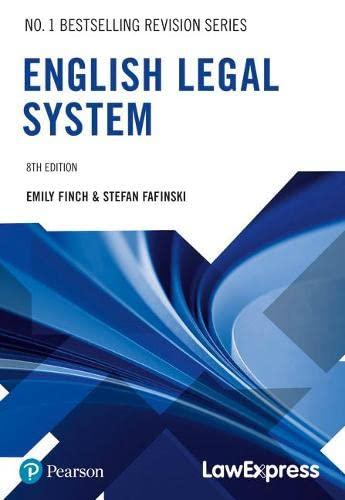Question
In 1991, EnerSys entered into an agreement with Exide Technologies to purchase substantially all of Exide's battery business for about $135 million. To formalize this
In 1991, EnerSys entered into an agreement with Exide Technologies to purchase substantially all of Exide's battery business for about $135 million. To formalize this sale, the parties entered into more than 23 agreements. Under the collection of agreements, Exide agreed to allow EnerSys to use the Exide trademark without royalties in the industrial battery business, and Exide retained the right to use the Exide trademark outside the industrial battery business. In 2000, Exide wished to reenter the North American industrial battery business. Both parties agreed to the termination of the 10-year noncompetition agreement, but Exide was unable to regain the Exide trademark from EnerSys. In 2002, when Exide filed for bankruptcy protection, Exide attempted to reject various agreements it had made with EnerSys in 1991, including the right to use Exide's trademark. The bankruptcy court granted an order finding that the agreement was an executory contract, a contract that was so underperformed that failure of either party to complete performance would result in a material breach excusing performance of the other. The Bankruptcy Code allows debtors to reject any executor contract. EnerSys appealed the bankruptcy court's decision, arguing that it had substantially performed its obligations under the 1991 agreement, including paying the full $135 million and operating the industrial battery business the 11 years prior to the 2002 bankruptcy ruling. The district court affirmed the bankruptcy court's holding that EnerSys's obligation for trademark use and quality standards provision amounted to elements of the agreement that would cause a material breach if they were not observed. EnerSys again appealed, arguing that any obligations EnerSys had under the 1991 agreement were not material. How do you think the court of appeals ruled? What standard would you use to determine whether an element of the agreement between the two parties was material? [In re Exide Techs.,2010 U.S. App. LEXIS 11029.]
Step by Step Solution
There are 3 Steps involved in it
Step: 1

Get Instant Access to Expert-Tailored Solutions
See step-by-step solutions with expert insights and AI powered tools for academic success
Step: 2

Step: 3

Ace Your Homework with AI
Get the answers you need in no time with our AI-driven, step-by-step assistance
Get Started


